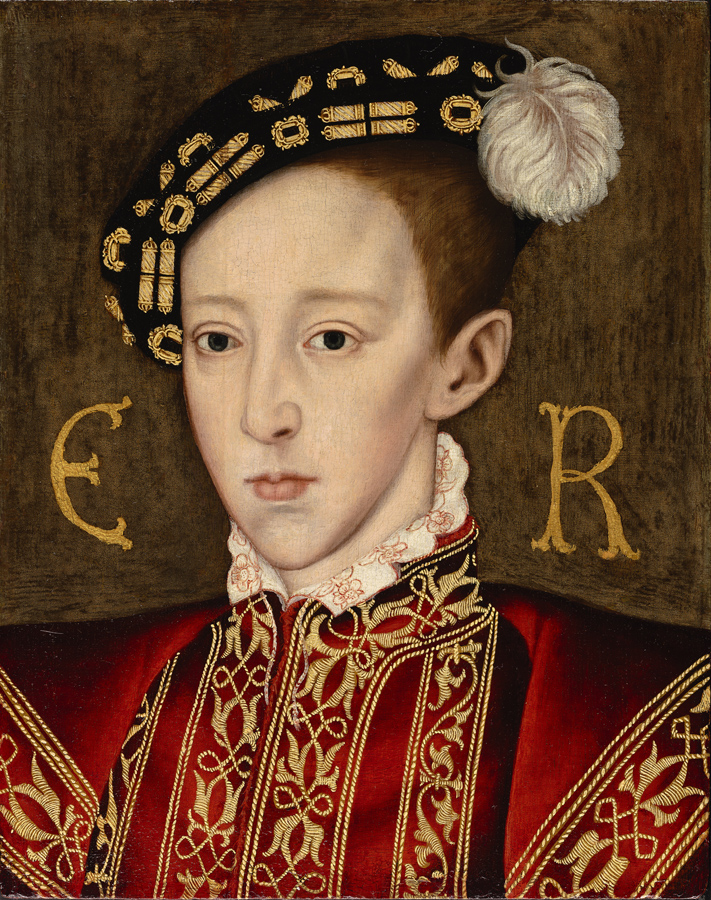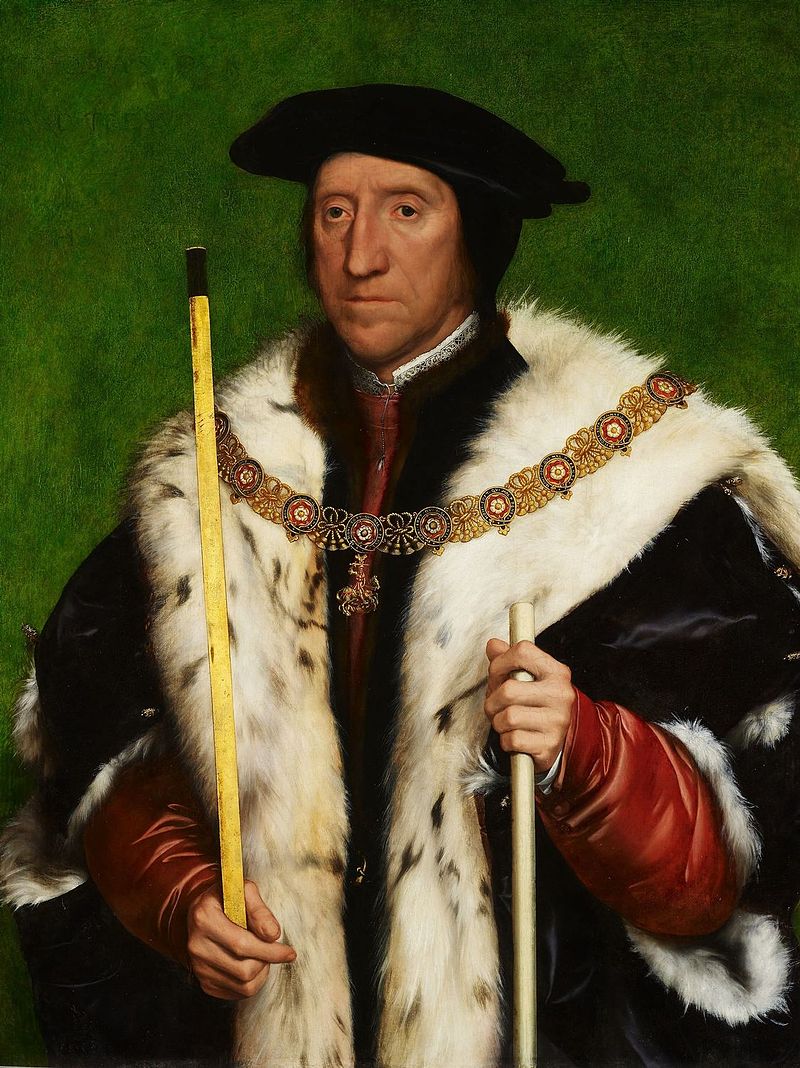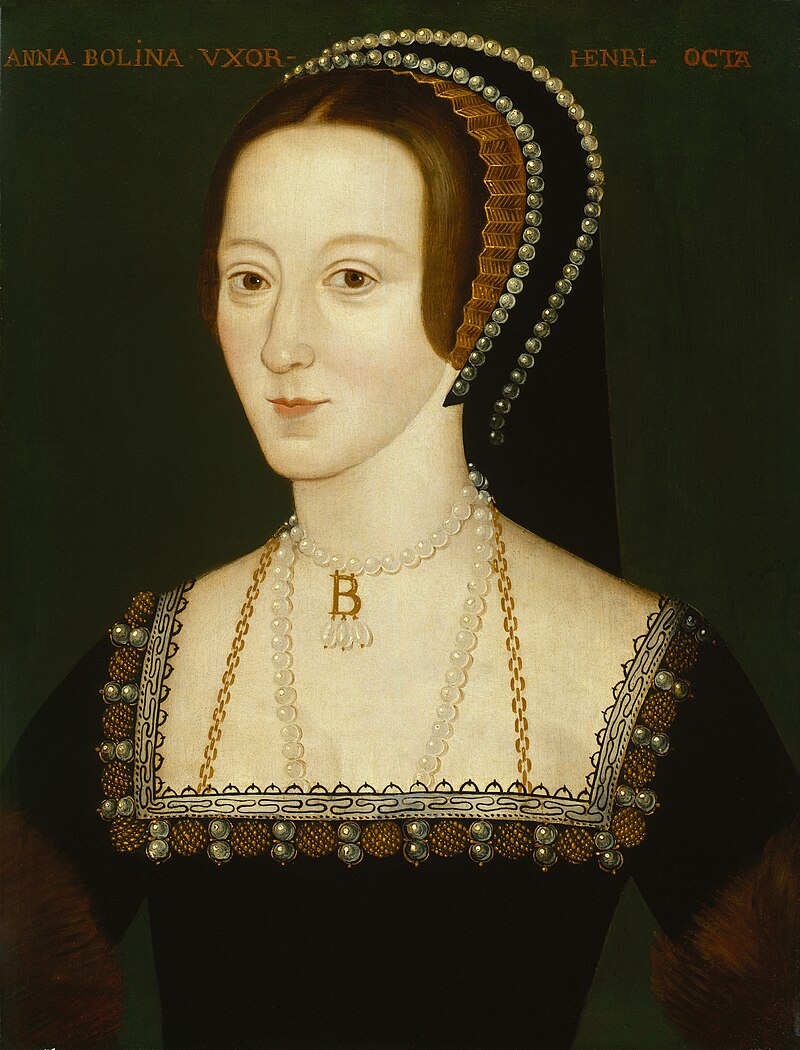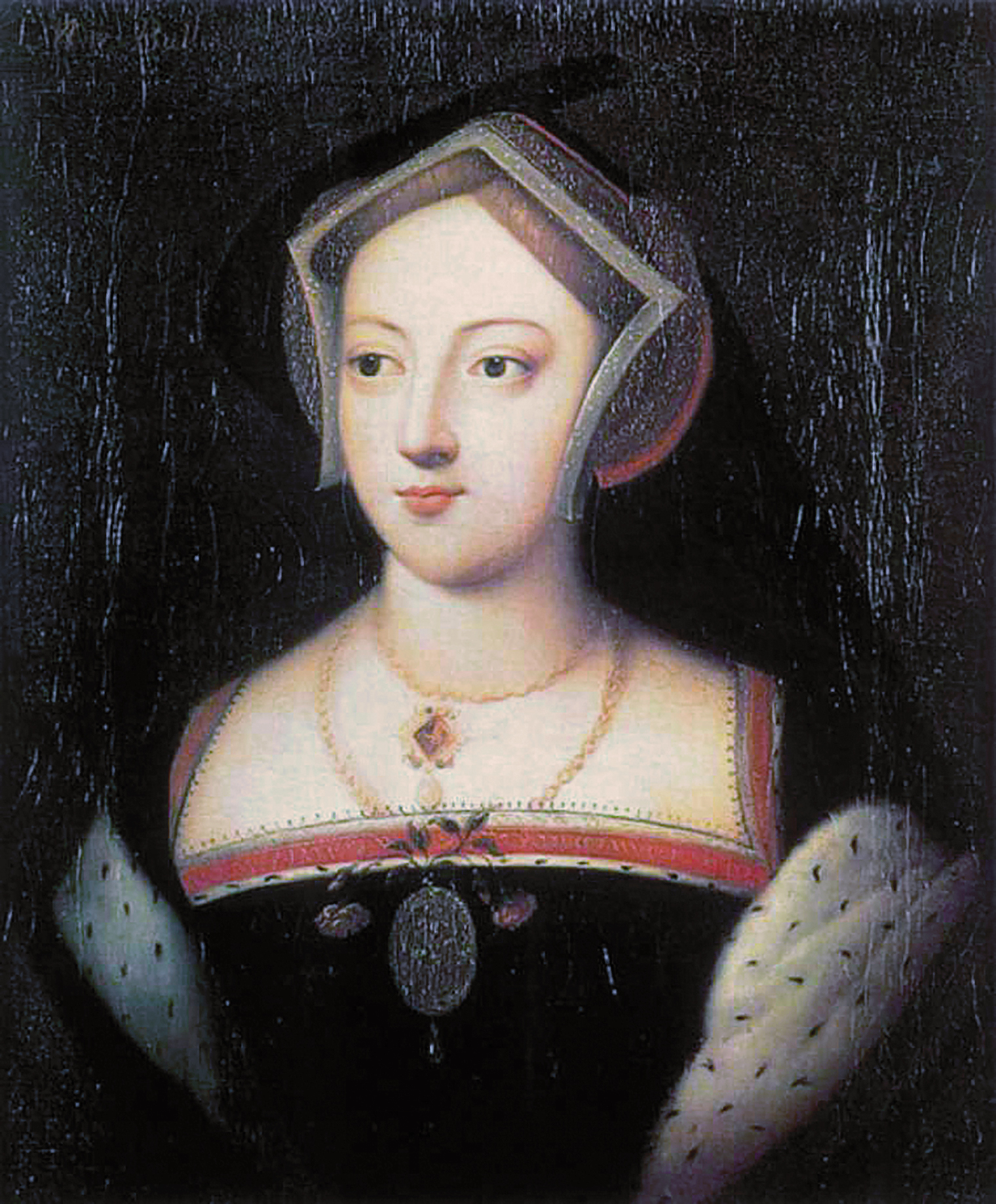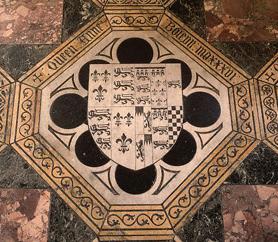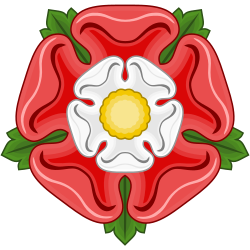by Susan Flantzer © Unofficial Royalty 2016

King Edward IV of England; Credit – Wikipedia
The first Yorkist King of England, King Edward IV of England, was born on April 28, 1442, in Rouen, Normandy (now in France). He was the fourth of the thirteen children, but the first surviving son of Richard of York, 3rd Duke of York and Cecily Neville, both great-grandchildren of King Edward III of England.
King Edward IV’s siblings:
- Joan of York (born and died 1438)
- Anne of York (1439 – 1476), married (1) Henry Holland, 3rd Duke of Exeter, had issue; married (2) Sir Thomas St. Leger, had issue
- Henry of York (born and died 1441)
- Edmund, Earl of Rutland (1443 – 1460), killed at the Battle of Wakefield
- Elizabeth of York (1444 – circa 1503), married John de la Pole, 2nd Duke of Suffolk, had issue
- Margaret of York (1446 – 1503), married Charles I, Duke of Burgundy, no issue
- William of York (born and died 1447)
- John of York (born and died 1448)
- George Plantagenet, Duke of Clarence (1449 – 1478), married Isabella Neville, had issue; executed for treason
- Thomas of York (born and died 1451)
- King Richard III of England (1452 – 1485), married Anne Neville, had one son that died in childhood
- Ursula of York (born and died 1455)
Edward’s father was the Yorkist leader during the Wars of the Roses until his death in battle. In 1399, Henry of Bolingbroke, the eldest son of John of Gaunt who was the third surviving son of King Edward III, overthrew his cousin King Richard II and assumed the throne as King Henry IV. Henry IV’s reigning house was the House of Lancaster as his father was Duke of Lancaster and Henry had assumed the title upon his father’s death. Henry IV’s eldest son King Henry V retained the throne, but he died when his only child, King Henry VI, was just nine months old. Henry VI’s right to the crown was challenged by Richard, 3rd Duke of York, who could claim descent from Edward III’s second and fourth surviving sons, Lionel of Antwerp, 1st Duke of Clarence and Edmund of Langley, 1st Duke of York.
During the early reign of King Henry VI, Richard, 3rd Duke of York held several important offices and quarreled with the Lancastrians at court. In 1448, he assumed the surname Plantagenet and then assumed the leadership of the Yorkist faction in 1450. The first battle in the long dynastic struggle called the Wars of the Roses was the First Battle of St. Albans in 1455. As soon as Edward, known then as the Earl of March, and his next youngest brother Edmund, Earl of Rutland were old enough, they joined their father, fighting for the Yorkist cause. Richard, 3rd Duke of York was killed on December 30, 1460, at the Battle of Wakefield along with his son Edmund who was only 17 years old.
Edward was now the leader of the Yorkist faction. On February 3, 1461, Edward defeated the Lancastrian army at the Battle of Mortimer’s Cross. Edward then took a bold step and declared himself king on March 4, 1461. His decisive victory over the Lancastrians at the Battle of Towton on March 29, 1461, cemented his status as King of England. He was crowned at Westminster Abbey on June 29, 1461. However, the former king, Henry VI, still lived and fled to Scotland.
In 1464, King Edward IV married the widowed Elizabeth Woodville. Elizabeth’s father Sir Richard Woodville, was only a knight at the time of her birth. Her mother was Jacquetta of Luxembourg, daughter of Peter I of Luxembourg, Count of Saint-Pol, Conversano and Brienne, and widow of John, 1st Duke of Bedford, the third surviving son of King Henry IV of England and the brother of King Henry V of England. Traditionally, the wedding is said to have taken place at Elizabeth’s family home in Northamptonshire, England on May 1, 1464. Elizabeth was the widow of Sir John Grey of Groby, who was killed at the Second Battle of St Albans in 1461, fighting for the Lancastrians. There were two sons from this marriage including Thomas Grey, 1st Marquess of Dorset, who was the great-grandfather of Lady Jane Grey.
Elizabeth Woodville, Edward’s wife; Credit – Wikipedia
King Edward IV and Elizabeth Woodville had ten children:
- Elizabeth of York (1466 – 1503), married King Henry VII of England, had seven children including Margaret Tudor, Queen of Scots, King Henry VIII of England and Mary Tudor, Queen of France
- Mary of York (1467 – 1482), unmarried
- Cecily of York (1469 – 1507); married (1) Ralph Scrope of Upsall, no children, marriage annulled; (2) John Welles, 1st Viscount Welles, had two daughters who died young; (3) Sir Thomas Kyme, possible children
- King Edward V of England (1470 – c. 1483); briefly succeeded his father, as King Edward V of England, was the elder of the Princes in the Tower
- Margaret of York (born and died 1472)
- Richard of Shrewsbury, 1st Duke of York (1473 – c. 1483), was the younger of the Princes in the Tower
- Anne of York (1475 – 1511); married Thomas Howard (later 3rd Duke of Norfolk and uncle of Anne Boleyn and Catherine Howard, King Henry VIII’s beheaded wives), had four children who died in childhood
- George Plantagenet, 1st Duke of Bedford (1477 – 1479)
- Catherine of York (1479 – 1527); married William Courtenay, 1st Earl of Devon, had three children
- Bridget of York (1480 – 1517); became a nun
Henry VI returned from Scotland in 1464 and participated in an ineffective uprising. In 1465, Henry was captured and taken to the Tower of London. His wife Margaret of Anjou, exiled in France, wanted to restore the throne to her husband. Coincidentally, King Edward IV had a falling out with his major supporters, his brother George, Duke of Clarence and Richard Neville, 16th Earl of Warwick, known as the Kingmaker. Margaret, Clarence, and Warwick formed an alliance at the urging of King Louis XI of France. Edward IV was forced into exile, and Henry VI was restored to the throne on October 30, 1470.
Edward and his brother Richard, Duke of Gloucester (later King Richard III) fled to Burgundy where they knew they would be welcomed by their sister Margaret, the wife of Charles the Bold, Duke of Burgundy. The Duke of Burgundy provided funds and troops to Edward to enable him to launch an invasion of England in 1471. Edward returned to England in early 1471 and killed Warwick at the Battle of Barnet. The final decisive Yorkist victory was at the Battle of Tewkesbury on May 4, 1471, where Henry VI’s son Edward, Prince of Wales was killed.

Battle of Tewkesbury from a Ghent manuscript; Credit – Wikipedia
Henry VI was returned to the Tower of London and died on May 21, 1471, probably murdered on orders from Edward IV. Edward’s brother George, Duke of Clarence was eventually found guilty of plotting against Edward, imprisoned in the Tower of London, and privately executed on February 18, 1478. Tradition says he was drowned in a butt of Malmsey wine. King Edward IV did not face any other Lancastrian rebellions. His only rival was Henry Tudor, the future King Henry VII, who was living in exile, would eventually return to England and defeat Edward’s brother King Richard III, the last Yorkist king, at the Battle of Bosworth Field and to become the first Tudor king.
Had King Edward IV lived longer, he may have become one of England’s most powerful kings. He died on April 9, 1483, a few weeks before his 41st birthday. His cause of death is not known for certain. King Edward IV was buried at St. George’s Chapel at Windsor Castle close by his rival King Henry VI. King Edward IV was briefly succeeded by his 12-year-old son as King Edward V, one of the Princes in the Tower, whose fate is unknown.

Tomb of King Edward IV and his wife Elizabeth Woodville
This article is the intellectual property of Unofficial Royalty and is NOT TO BE COPIED, EDITED, OR POSTED IN ANY FORM ON ANOTHER WEBSITE under any circumstances. It is permissible to use a link that directs to Unofficial Royalty.
England: House of York Resources at Unofficial Royalty









